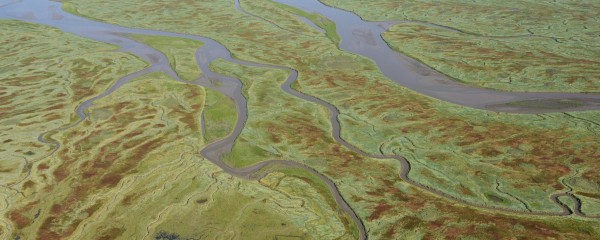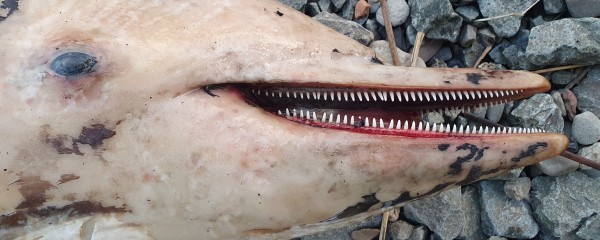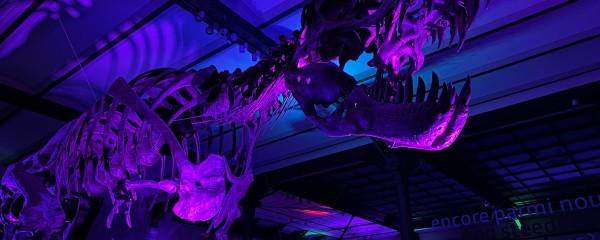170 species named after King Leopold III and Queen Astrid

Two of our Institute’s taxonomists - biologists specialised in the discovery, description and classification of species - have found 170 species of animals named after King Leopold III and Queen Astrid in our collection and in databases. The fact that the Belgian Royal couple got so many species named after them is due to their passion for natural sciences and their support for scientific research.
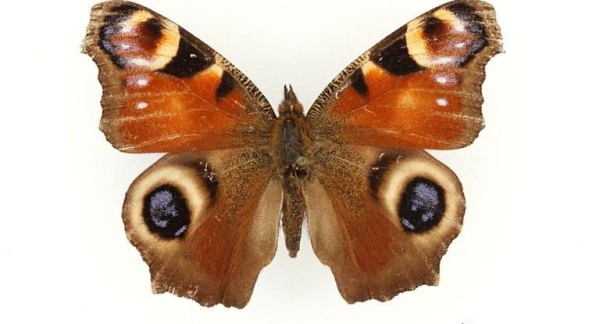
When a scientist discovers and describes a new species, he or she must give that new species an official name. That unique Latin name, together with the 'type specimen' (on the basis of which he made the description), must be placed in a public collection, so that other scientists can find or re-examine that specimen at a later date. The precise identification of species is also important for their protection.
Anyone who describes a new species may choose a name according to official rules. Often, the place of finding or typical characteristics are incorporated into the double name (name of the genus and the species-specific name). Sometimes colleagues, celebrities or people who have been important to the research are given an honourable mention.
Plant, ray, gecko, insect, ...
The Belgian Royal family has often been thanked by natural scientists, and certainly naturalist King Leopold III and his first wife Queen Astrid. Two of our biologists went searching through Belgian collections, worldwide databases and catalogues and were able to list 170 species: 144 named after Prince/ King Leopold III and 26 after Princess/Queen Astrid. They include a stingray, a gecko, two corals, two starfish and especially butterflies, beetles and spiders (see top 5 in photos), but also a single plant and a single alga.
The royal couple had a strong interest in nature and nature research. They brought back specimens from their travels for further study by Belgians but also by taxonomists from other countries, even overseas. After Queen Astrid's tragic death in 1935, Leopold continued to document and study nature. His collections from all over the world played an important role in the development of the collections of the Royal Belgian Institute of Natural Sciences. In the 1920s and early 1930s, the specimens came mainly from the Belgian Congo, later from South-East Asia (Indonesia) and South America.
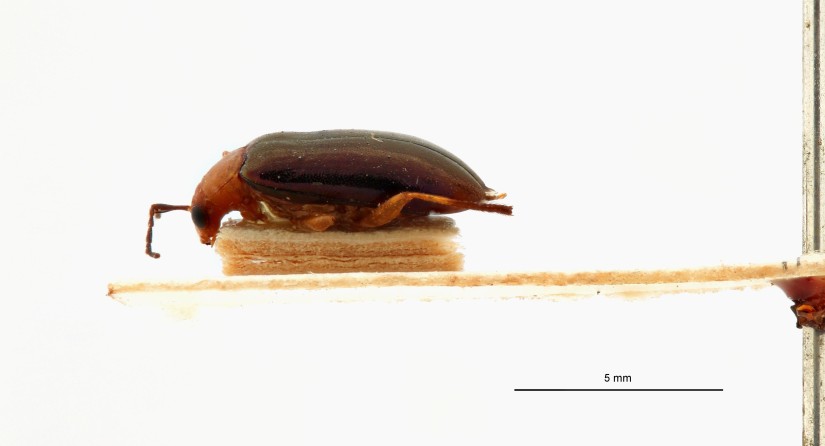


Leopold III Fund

This passion for nature study and conservation lives on in the King Leopold III Fund for Nature Exploration and Conservation, which was established in 1972. It stimulates biodiversity research outside Europe and has already co-financed some 400 expeditions, which have led to 1,500 publications.
Standing in front of our collection tower, you can see the homage to Leopold III in the ornaments. More than 1,000 times the emblem of King Leopold III: three vertical stripes with double L and on top a king's crown in gold leaf.
Details of the specimens named after the royal couple can be found in the journal Bionomina.
